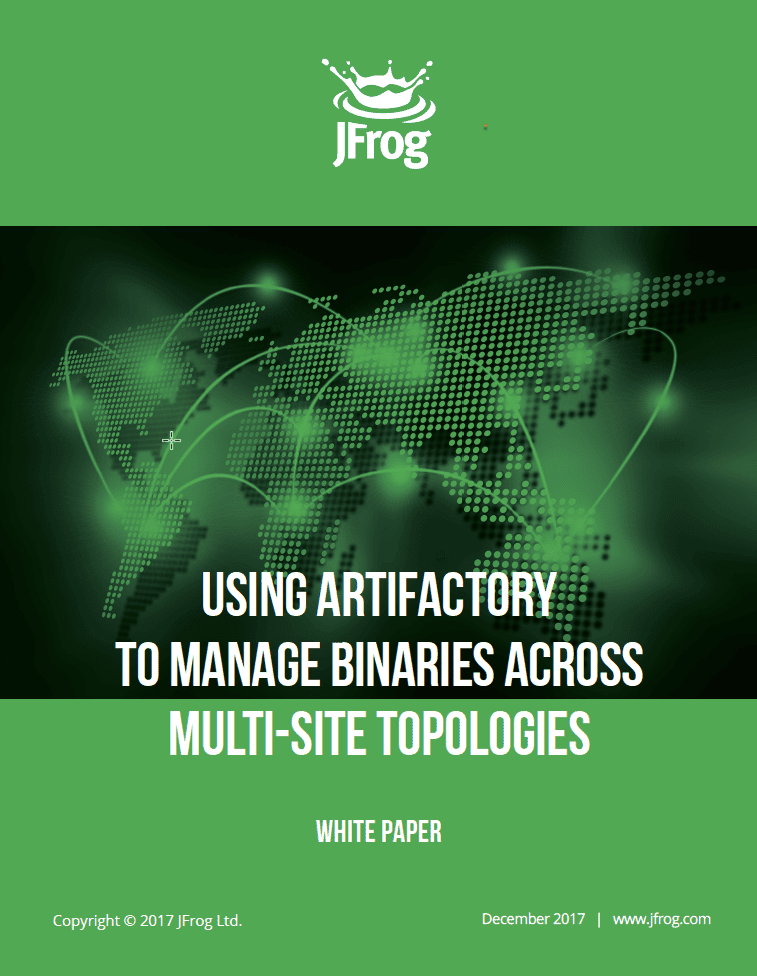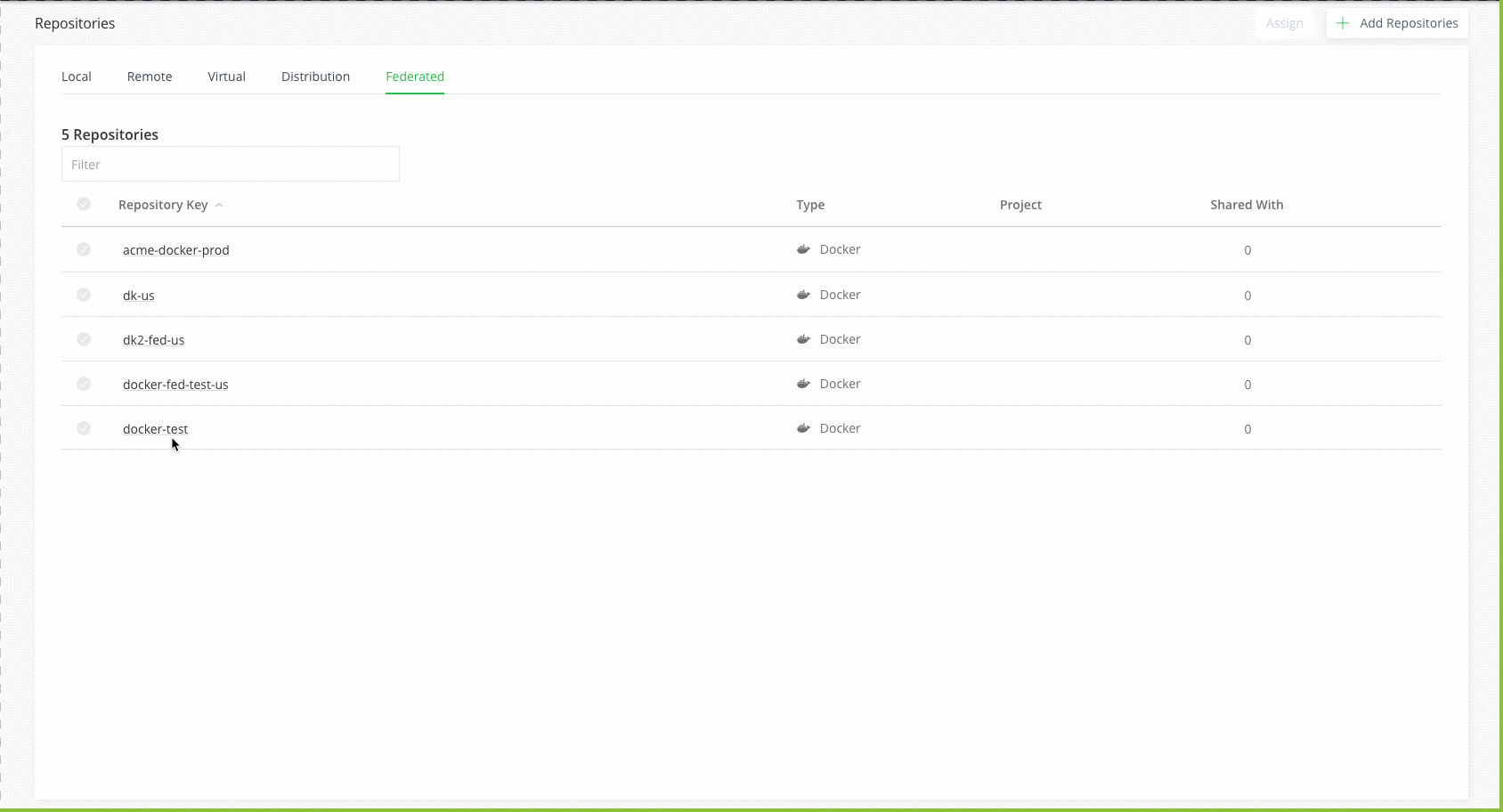
Leading enterprises increasingly rely on hybrid and multi-cloud architectures to speed innovation, stay best-in-class, and reduce the risk of vendor lock-in. Cloud native solutions were only the start; forward-looking DevOps engineers must now seek solutions that are cloud nimble, enabling flexibility and operating consistency without trade-offs across on-prem, cloud, and hybrid environments

The multi-cloud market momentum is now well established as a strategy for avoiding vendor lock-in, choosing the best-fit cloud for each workload, proximity, and optimizing your capital expenditure. These benefits are even more compelling with a well-crafted approach that mitigates the impact of different technologies and unique processes across cloud vendors.

Backup your binaries and metadata and import them back into a new instance and retain all references.

Increasingly, software development has moved from the realm of highly localized teams to a collaborative endeavour of large teams at global scale. This global collaboration requires an architecture for managing software artifacts and deployable packages that is also global in scale. Three things are key: locality, reliability, and redundancy.

Best practices to set up federated repositories.

A JFrog federated repository enables multi-site development by empowering geographically distributed teams to collectively share artifacts and their metadata.